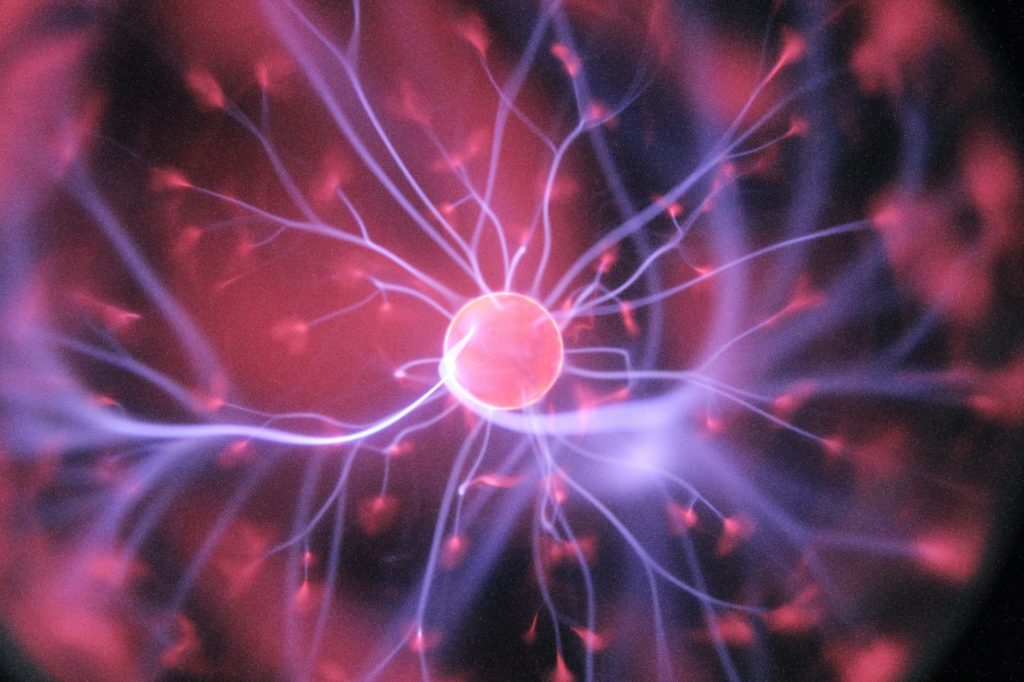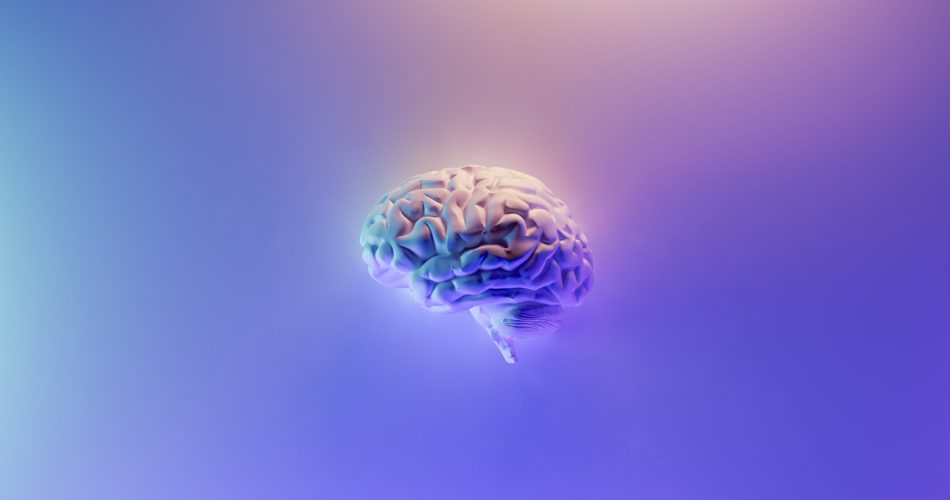How well can you adapt to stress?
Environment, relationships, family, career, school, etc… There are many unpredictable changes that happen in life. Some of it is a matter of time until you adapt to the situation, others are opportunities of lessons for a person to grow, and some cases lead down to a path of chronic stress and trauma.
Is there a better way to build stress tolerance for all that happens in life? The answer is yes. The human brain is made to learn and navigate through learned experiences and stress is no different. In this post, we will explain how the brain processes stress.

Contents
How the Body Responds: Stability vs. Change
The Capability to Keep Things Stable: Homeostasis
Our bodies generally have an average physical standard to maintain.
For example, your average temperature, average blood pressure, and the pressure to keep body fluids flowing throughout the body, theses are all kept at a standard of each person. This capability to keep things stable is called Homeostasis.
However, our physical body changes its standard when there’s a breakthrough change. As we grow, our physical standards change from a baby to adulthood. Another simple way to look at it is to notice what happens when we continually stimulate the body through exercises. There is always a way to break through our current homeostasis.

The Brain’s Capability to Change: Neuroplasticity
We have the ability to change as a result of the various stressful experiences we go through.
Our brain determines what experience is stressful or how a person should cope with it. This capability is called Neuroplasticity (also known as brain plasticity) where the neural networks in the brain change and adapt through growth and reorganization. These functional and structural changes range from individual neuron pathways to systematic adjustments.

Stress: Allostasis and Allostatic Load
If we have a system in place that keeps our body stable, what keeps it intact or causes the breakthrough and adaptation for change?
Allostasis
The driving force that pushes for an adaptive process forward is called Allostasis. Allostasis is the “stress” that impacts the production of mediators such as adrenalin, cortisol, and other chemical messengers. The response of these mediators promotes adaptation to the acute stress we experience.
Once stress (allostasis) hits us, the body responds by creating a new baseline of homeostasis so that it can anticipate and prepare for the next coming stress. Essentially, the body works naturally like an AI (Artificial Intelligence) where it learns from previous experiences. Once new homeostasis is created, we are capable of tolerating or handling the same situation with less stress.

Allostatic Load
On the other hand, allostasis can change to allostatic load.
The changes and stressors that impact our life can have both positive and negative effects. Excessive stress over a long period of time can have detrimental effects on the body and permanently alter the architecture of the brain. This negative effect is called the Allostatic Load.
Allostatic overload keeps us “stressed” while it wears and tears away at the body and brain. This happens when our body undergoes constant stress while the homeostasis fails to create a new baseline to adapt.

The 4 Types of Stress That Becomes Allostatic Load
There are 4 circumstances as to why the allostasis can change into allostatic load:
- Repeated “hits” from multiple stressors
- Difficulties in adaptation
- Delayed shutdowns and prolonged responses in the aftermath of the stress incident
- Inadequate response leads to compensatory hyperactivity of other mediators
The best way to prevent these circumstances is by learning how to mitigate stress through techniques that we can practice every day.

An “Active Recovery” From Stress
Stress mitigation through physical activity is called Active Recovery. Active recovery is said to be the best way to prevent allostasis from becoming allostatic load.
There are no strict measures on what counts as active recovery, but generally speaking, you want to keep a 30 minute physical activity that will keep 70% of your maximum heart rate. This includes running, swimming, biking, yoga, dance, etc. When an enjoyable activity increases the heart rate and fully uses the brain and muscle, it relaxes our mental state more than if we just rested. This allows a state where we can prepare to welcome the next stressful event.
If incorporating a rigorous exercise routine seems difficult for you right now, you can start by just taking daily walks around your neighborhood.
If “exercise” sounds less exciting, you can always take on an active hobby like dancing. Music that heightens the mood and a sense of accomplishment that comes from learning a new skill will surely satisfy those that want a sense of stimulation and growth.
Learn How to Cope With Stress
Review your day to see how you can incorporate small actions to break your thoughts away from stress. At work, you should never keep still in your office chair for hours. If you want to use allostasis to your advantage, try to stand up and stretch at least once an hour. Talk to your coworkers, friends, or family if something is bothering you. Small stress relief habits will prevent allostasis from becoming allostatic load.
As long as we can keep stress at healthy manageable levels, we can use it to our advantage to strengthen our brain for future life adversities.

References:
Ganzel, B. L., Morris, P. A., & Wethington, E. (2010). Allostasis and the human brain: Integrating models of stress from the social and life sciences. Psychological Review, 117(1), 134–174. https://doi.org/10.1037/a0017773
McEwen, B. (2005). Stressed or stressed out: What is the difference? Journal of Psychiatry and Neuroscience, 30(5), 315–318. https://www.ncbi.nlm.nih.gov/pmc/articles/PMC1197275/
McEwen, B. S., & Gianaros, P. J. (2011). Stress- and Allostasis-Induced Brain Plasticity. Annual Review of Medicine, 62(1), 431–445. https://doi.org/10.1146/annurev-med-052209-100430
Ratey, J. J., & Manning, R. (2021). Go Wild: Free Your Body and Mind from the Afflictions of Civilization by John J. Ratey Richard Manning(2014–06-03). Little, Brown and Company.



